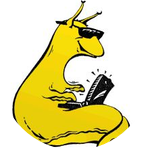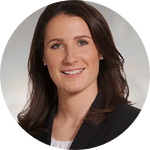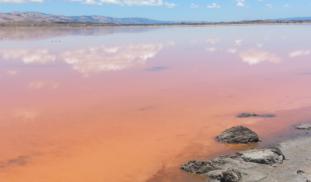Please wait...
About This Project
Our team seeks to engineer a micro organism that will
produce the high-energy chemical butanol when the organism is fed cellulose. A mixture of 85% butanol and 15% gasoline produces a liquid fuel that can be used in current infrastructure and lowers our carbon footprint. By producing a cellulose based liquid biofuel we hope to shorten the carbon cycle and thereby directly combat climate change and address the growing global energy demand.
produce the high-energy chemical butanol when the organism is fed cellulose. A mixture of 85% butanol and 15% gasoline produces a liquid fuel that can be used in current infrastructure and lowers our carbon footprint. By producing a cellulose based liquid biofuel we hope to shorten the carbon cycle and thereby directly combat climate change and address the growing global energy demand.
More Lab Notes From This Project

Browse Other Projects on Experiment
Related Projects
Highly-sensitive, real-time enzyme methane oxidation rate measurements using an electrochemical assay
A low-cost, rapid, and highly sensitive assay is needed to measure methane gas oxidation rates by methane...
Engineering of a suction cup stethoscope for non-invasive monitoring of physiological sounds in baleen whales
Baleen whales are large-bodied predators that, despite their critical role in marine ecosystems, our understanding...
Building a better fish: Engineering fish for smarter aquaculture
What if we built a better fish instead of depleting wild fisheries? Natural stocks can’t keep up with demand...





